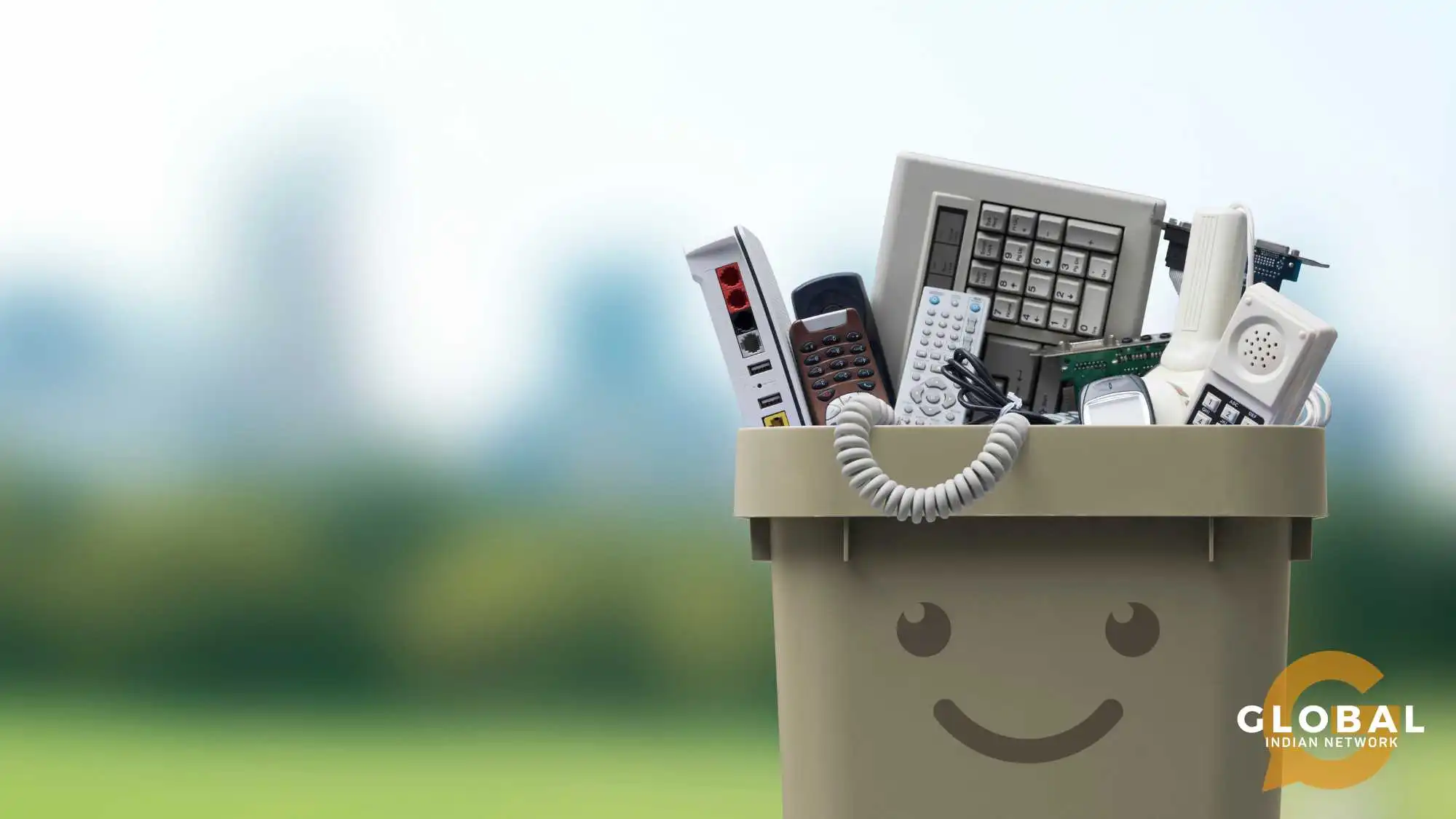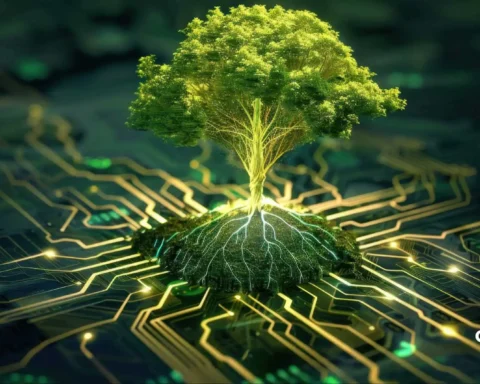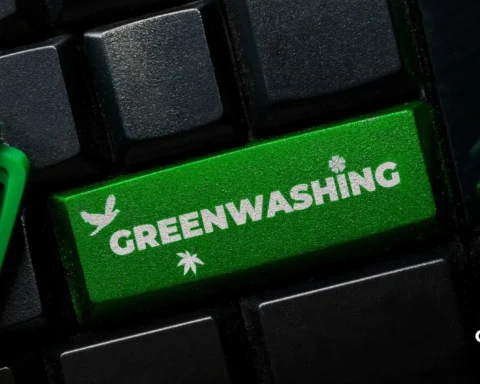As important as it is to know about e-waste management, it is equally vital to know what e-waste is and how it emerged. E-waste is quite a recent phenomenon, as it suggests the name itself. Any electrical or electronic product is immediately discarded when it can no longer serve its purpose and becomes part of the E-waste.
The problem arises because, unlike other places, the situation in India is worse, as it ranks third globally in terms of E-waste. The need of the hour is to locate the E-Waste landscapes and determine the status of e-waste management in India. Then, it will be strategically more plausible to reduce the amount of e-waste from India.
Table of Contents
The E-Waste Landscape in India
The E-waste landscape in India includes electronic waste generated mainly by the industrial sectors. Though households account for a smaller proportion of e-waste disposal, they produce large amounts of it. Moreover, only 1.5% of electronic waste is recycled through a proper scientific method. Therefore, e-waste management in India is crucial more than ever before.
What is the Status of E-Waste Management in India?
The present need of the hour for India is to understand e-waste management. E-waste is a challenge to deal with because electronic products release chemicals that remain mainly untreated. This significantly affects the environment and poses health risks. A study on e-waste management shows that an estimate of the e-waste generated would increase by 40% per year worldwide, whereas India would show an alarming increase rate.
According to an estimate made in 2021-2022, the amount of generated e-waste in India accounts for 1.601 million tonnes. Smart city projects and metropolitan cities like Bengaluru, Mumbai, Pune, and Delhi account for 25% of e-waste. As e-waste is considered a part of hazardous waste, it must be taken under the vigilance of the Hazardous Wastes Rules, 2008, but radioactive wastes fall outside its purview. Therefore, e-waste management in India needs to be seriously acted upon.

E-Waste Management in India: A Growing Threat or a Manageable Challenge?
E-waste management in India is a growing concern. After the implementation of the Swachh Bharat Mission (Clean India) by Narendra Modi, the amount of plastic waste has been taken under vigilance. Still, no step has been taken towards e-waste management in India. Despite regulations being sought to be put into application since 2017, India stands far behind.
The rules were further amended in 2018, implementing Extended Producer Responsibility (EPR), under which producers were bestowed with the duty to take back end-of-life products. However, only 30% of the producers put the rules into practice. The infrastructural facilities for e-waste management in India are also in their nascent stage, and public awareness regarding the same is also less.
Challenges for E-waste Management in India
Since India is a developing country, the challenges regarding e-waste management in India abound far and wide. This is because e-waste management is complex and a rapidly increasing concern. E-waste continues to be handled by the unorganised sector, which lacks proper technological equipment and updated software. Ironically, the Digital India drive taken by the government is paving the way for an increase in e-waste.
E-waste accumulates in landfills. Many households store e-waste due to a lack of knowledge of e-waste management. The soaring rate of e-waste generation makes it a concern for both the environment and public health issues in India.
E-Waste Management: As a Challenge to Public Health in India
Without proper e-waste management in India, it proves detrimental to public health. Electronic waste releases harmful chemicals and metallic contaminants such as lead, cadmium, beryllium, and brominated flame retardants. Even precious metal ash from printed circuit boards, glass waste from cathode-ray tubes, and LCD Screens are hazardous to health. This, in turn, severely affects the kidney, liver, circulatory system, and brain development and may cause neural damage, Wilson’s disease, etc.
Though there is no isolated data, a general report on e-waste mentions that children are more prone to risk than adults. This is enough to raise concerns for India as well.
E-waste Recycling Practices in India
Though e-waste management in India needs much improvement, there have been certain e-waste recycling practices that have been implemented:
- Partnerships between ITU (International Telecommunication Union) and
- Partnership for Action on Computing Equipment (PACE) which promises to ensure the increase of used and end-of-life computer equipment.
- Solving the E-waste Problem (StEP) would carry research on eco-friendly and energy-efficient reuse and recycling practices.
- The Mobile Phone Partnership Initiative (MPPI) sets guidelines for used and end-of-life mobile phones.
- TRAI has issued guidelines that ensure that new electrical and electronic equipment does not contain harmful metallic contaminants like lead, mercury, cadmium, etc. It also maintains records of e-waste and files annual returns to the concerned State Pollution Control Board.
This year, the government revised many rules regarding e-waste management in India. More platforms have been incorporated to exchange EPR (Extended Producer Responsibility) certificates to ensure flexibility. However, there remains a concern regarding strong vigilance.
Initiatives of the Department of Information Technology
The Department of Information Technology has taken a significant step towards creating public awareness. Apple, Dell, and HP have started campaigns that aim at recycling. Nokia India also initiated a campaign focussing on the disposal of handsets and mobile-related accessories of any brand in their care centres and plans to launch an e-waste management program.
Lenovo products are sold in compliance with RoHS (Recycling Solutions India Pvt. Ltd.) and have partnered with Sims Recycling Solutions Pvt. Ltd. to provide effective e-management in India. Dell has initiated a battery recycling program where users can get a discount on buying a li-on laptop battery as a substitute for an identical ineffective battery.
How can India Reduce and Recycle E-Waste More Effectively?
These small but significant steps taken by the government and the IT sectors surely can improve e-waste management in India. The primary goal behind any waste, whether dry waste or e-waste, is effectively incorporating the 3Rs (Reduce, Reuse, and Recycle). Though reuse is nearly impossible in the case of e-waste, the other two can be put into practice. Since the government is the law-enforcing body, it should revise its existing laws and ensure proper implementation.
Apart from this, NGOs and individuals need to be more aware of e-waste and try to incorporate ways of reducing it. Instead of dumping e-waste in homes, one should try to locate places where it can be safely disposed of. To effectively implement e-waste management in India, electronic equipment needs to provide detailed guidelines regarding recycling and reducing products.
RELATED:
- Plogging for a Cleaner India: Tackling India’s Litter Crisis with Ripu Daman Bevli
- What is Meant by One Planet Living and How to Apply It?
- Master Recycling: Understanding What Is Dry Waste And How To Sort It
- The Secret Weapon for Sustainable Living: Classification of Solid Waste
- World Environment Day Special: A Voice for Change with Ridhima Pandey
- The Future is Green: Innovative Waste Management Companies in India
Conclusion
E-waste is an issue that, if not put under check, can skyrocket at any time, making it very difficult to put under control. Therefore, careful planning and awareness are needed both for the individual and the government. There needs to be more than just setting out rules for e-waste management in India; one needs to be proactive in implementing the rules. All industries, especially IT industries, should think of alternative ways and put up campaigns to reduce the generation of this hazardous waste and effectively implement e-waste management in India.

FAQs
What is the main issue of e-waste?
The main concern regarding e-waste remains that if it is not properly disposed of and sent for recycling, the chemicals released and the metal residuals might lead to serious health issues and damage to the environment.
How is e-waste managed in India?
Though e-waste management is in its nascent stage, some government policies have been incorporated regarding the safe disposal of e-waste. Certain IT companies, like Nokia, consider their outlets open to the disposal of any electronic equipment.
Is e-waste banned in India?
No, e-waste has not been effectively banned in India. However, effective e-waste management will soon make this a reality.










[…] India being one of the most rapidly developing nations in the world, it faces a major challenge – waste […]